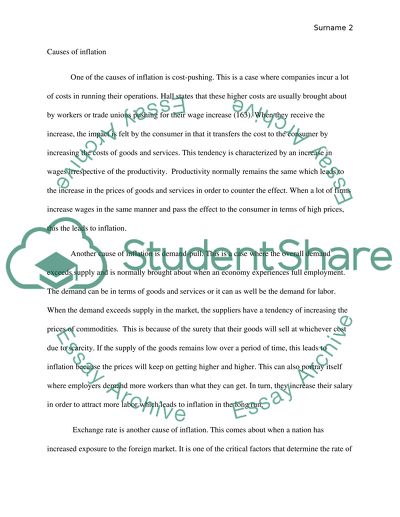Cite this document
(“Inflation Essay Example | Topics and Well Written Essays - 1250 words”, n.d.)
Inflation Essay Example | Topics and Well Written Essays - 1250 words. Retrieved from https://studentshare.org/macro-microeconomics/1474500-inflation
Inflation Essay Example | Topics and Well Written Essays - 1250 words. Retrieved from https://studentshare.org/macro-microeconomics/1474500-inflation
(Inflation Essay Example | Topics and Well Written Essays - 1250 Words)
Inflation Essay Example | Topics and Well Written Essays - 1250 Words. https://studentshare.org/macro-microeconomics/1474500-inflation.
Inflation Essay Example | Topics and Well Written Essays - 1250 Words. https://studentshare.org/macro-microeconomics/1474500-inflation.
“Inflation Essay Example | Topics and Well Written Essays - 1250 Words”, n.d. https://studentshare.org/macro-microeconomics/1474500-inflation.


